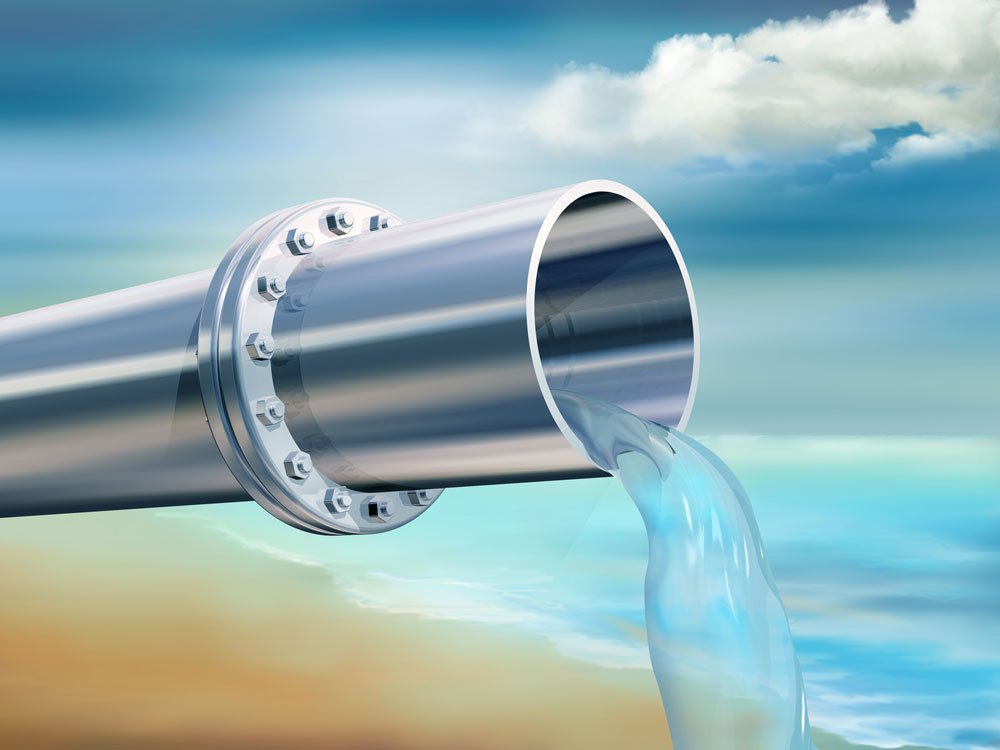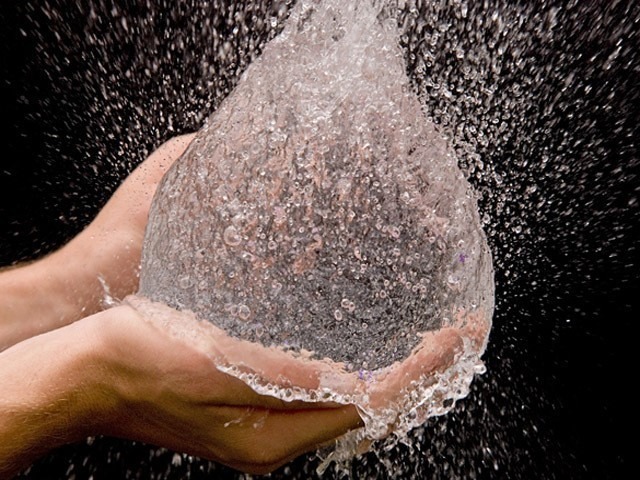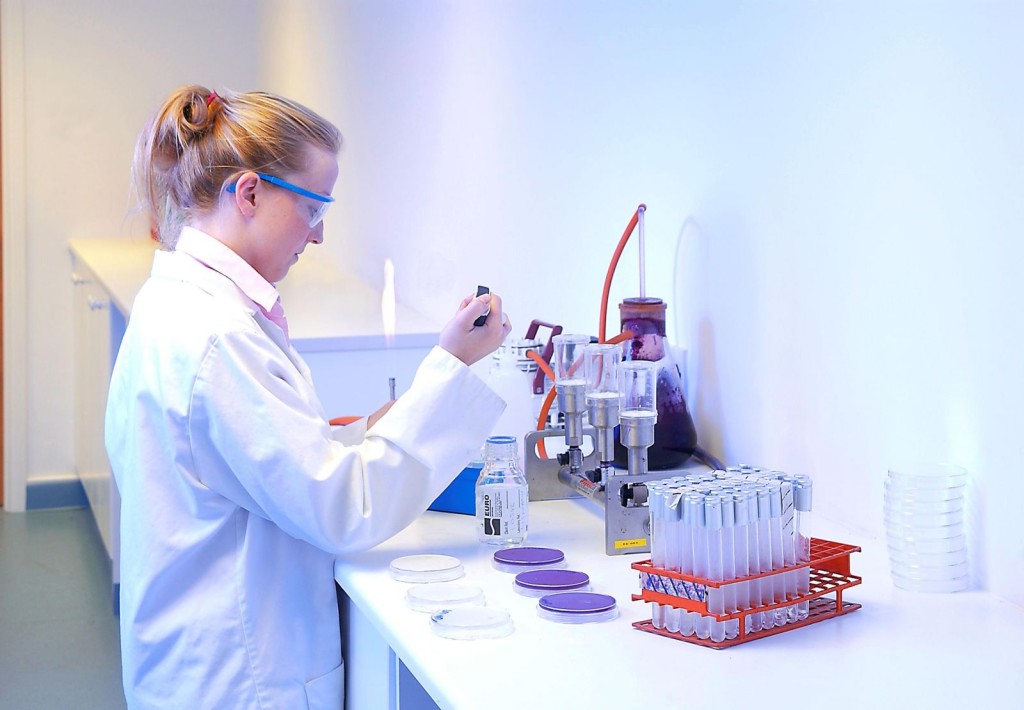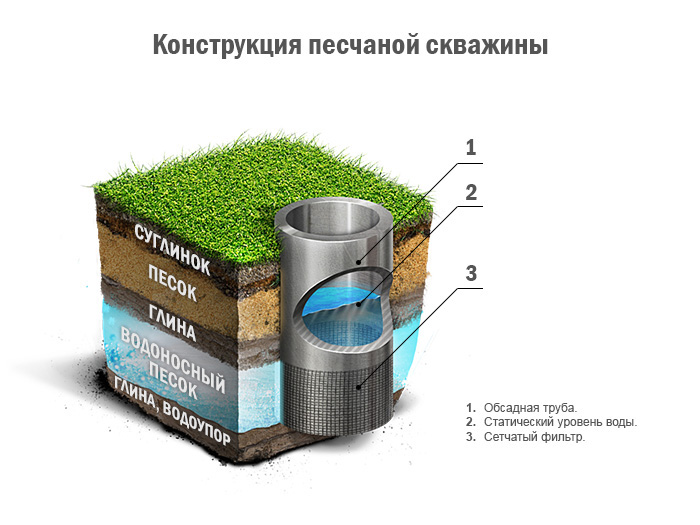The human body consists more than half of the water, and to maintain the water balance of the body, the doctors advise to use at least 2 liters of purified fluid daily. Thus, the pledge of the health of each today is clear water.
The need for a clean source of drinking water has long become an acute problem for any inhabitant of the planet. As a rule, sanitary services control the city's central water supply systems, which makes it possible to identify pollutants and bacteria in a timely manner and eliminate the most dangerous human health and bacteria. However, country housing owners should independently follow the composition of daily fluid consumed.
There is quite common, but unfortunately, the erroneous opinion is that water from the borehouse drilled under the ground does not require additional purification. Indeed, all external garbage and contamination do not penetrate under the ground, but passing through various layers of soil, water absorbs the organic solid salts and other unsafe impurities. Therefore, it is categorically not recommended to use "raw" water without additional filtering, which may entail the development of various diseases.
When is the cleaning of water from the well in the house?
As a rule, at the initial stage of operation, water from the fresh-broken well is the most clean and does not have visually noticeable impurities. Subsequently, it becomes more muddy, the appearance of an unpleasant specifically smell, colors and formation of precipitation is possible. However, at any stage of use, you should use the necessary filtering systems, as well as take into account a number of water threatening water quality:
- Foreign pollutants, causing processes of rotting and formation of mucus and sludge, may fall into the well;
- Water has a metal taste, and dishes, plumbing and things after washing have a yellow shade;
- Groundwater entering the well, in their composition harmful impurities;
- Lack of beneficial substances and minerals in the composition, water rigidity;
- The emergence of a muddy muddy precipitate, indicating the active life of malicious bacteria and compounds;
- There is a smell of "rotten eggs" or sulfide, which indicates the presence of its bacteria in the composition;
- The composition of water has serious deviations from standard sanitary standards.

Analysis of drinking water from a well before cleaning
Since the soil in water can get a lot of adverse impurities and bacteria, any autonomous source of water supply must be supplied with additional cleaning systems. For high-quality purification of water, it is necessary to preliminarly diagnose its composition. Water from the well should be given to proven laboratories for a full chemical analysis in all major sanitary standards.
Diagnostation is recommended to be carried out with constant frequency, since due to the repair work on the replacement of water supply elements or due to seasonal movements of the soil, the composition of water may vary. The resulting full analysis data must be provided to any organization of your area, which is engaged in water purification. Experienced professionals will be selected by the necessary water treatment system, which should be installed on your site.
Basic Water purification methods from well
Water purification is carried out in several different stages, the number and sequence of which depend directly on the degree and nature of its pollution:
- Mechanical water purification from well. The method allows to prevent pollution of the entire water supply system, which involves the primary installation of a shallow filter, which will allow to keep the bulk of the impurities of the sludge, sand, clay and other contaminants.
- Electrochemical oxidation is carried out to dissolve contaminants for organic and inorganic components.
- Catalytic catalytic clarification is used to withdraw all split due to oxidation of substances, which allows you to precipitate and wash all muddy impurities from the bottom of the filter.
- Deep sorption will allow remove residual impurities of all substances, eliminate the metal taste and hydrogen sulfide water with the help of sorbents with coal fiber.
With a strong pollution of the main source of water, it is recommended to completely pump water from the tank and clean the walls and bottom of the orstone layers. The easiest way to clean the well is the use of a vibration pump with lower water intake, which can be used independently on its site. Also, in such cases, chlorine-containing means are used to destroy the favorable environment of malicious bacteria, but after such disinfection by chemicals, water will require additional primary purification.
Water purification schemes from well
The main methods of cleansing and preventing pollution are based on fairly simple and highly efficient methods. All of them suggest the use of special filtration systems. Such filters contain special fillers used depending on the type of contamination, which are recommended to be changed periodically.
Water purification from iron
For artesian water, the problem of air pollution is considered the most important, since centralized water supply systems cope with it at the level of maximum permissible norms (no more than 0.3 mg per liter) due to complex cleaning. The presence of a high content of iron in water can be seen without much difficulty - yellow spots and drums on underwear, dishes and plumbing, metal taste and mucous fall on the surfaces. But the consequences for the body when using such water is rather disadvantaged - the liver, dental enamel, nervous and blood system.
The technology of cleaning filters from ferrous compounds includes the following steps:
- When the filter enclosure, water enters a special environment equipped with several degrees of cleaning.
- At the initial stage, dissolved elements of iron are moving into insoluble forms.
- Passing through the substrate from the selected gravel layer, water enters the rod and is output from the cleansing system.
- Reliable precipitate remains in the filter compartment and washed off in the drain drain.
Such systems often do not require the addition of special reagents to restore the cleansing function, since regeneration is performed automatically through the operation of the control valve after explosion of special fillers with new water flows, among which these types are distinguished:
- Air filtration and an oxidizing catalyst of activated carbon. When cleaning, a compressor system is used with an aeration column to enrich water oxygen and its oxidation. The sorbent of coal in granules contributes to the flow of special chemical reactions that accelerate the oxidation of iron into its insoluble form and simplify the removal of its precipitate.
- Filtering of multicomponent metabolism using ion resin. An alternative water solution with high pollution indicators involving one cleaning stage. The sorbent replaces iron sodium ions and allow water to mitigate, remove contaminants and reduce the chromaticity and oxidation of the liquid.
- Filtering by natural minerals based on manganese dioxide. The reagent oxidizes, delays and removes substances at the next washing (reverse osmosis), which eliminates the use of reagents for filter regeneration. This method can be used for complex water purification from well with aeration, ozonation and chlorination, as it allows you to remove the lowest concentrations of contaminants.
- Filtering with reagents. The most popular method that allows you to install filters yourself. The principle of operation consists in oxidation and detention of particles of iron in the filter. Permanganate potassium, chlorine and hypochlorite calcium are considered efficient reagents, which are regenerated by using an inexpensive tablet salt.
- Filtering by an electromagnetic field. The method is based on the oxidative properties of ferromagnetic particles of zinc and copper, which when connected to the hardware remain in the filter, and electrochemical processes allow you to stop the growth of corrosion bacteria.
Cleaning water from a well from sand
Clean water from sand, clay, peat and other small composite soil will help the mechanical method of filtering. For sand or clay soil, almost any cleaning systems with OSMOS to filter fluid at the molecular level will be suitable. In the absence of a filter, water can be simply upset and after a day after the appearance of the sediment, use after boiling.
For soil with large inclusions, it is recommended to use tubular cleaning systems that take a larger amount of water. Typically, such tubes are made of steel, and its mesh structures from durable wire. In smaller sandy soil, it is recommended to install tubular filters with fine-sacred perforation.

Water purification from hydrogen sulfide
The main sign of the presence of hydrogen sulfide is a sharp smell of the fiber eggs, which, when combined with sulfur, is released into toxic gas and represents a serious threat to human health. Its source becomes sulfate-generating bacteria that allocate hydrogen sulfide in the process of vital activity. The hydrogen sulfide impurities are often found in the complex with iron and are removed in parallel to it almost any modern filtration system.
However, in this case, the method of reverse osmosis is not applicable, in which the particle charged by the reagent and their major molecules are still passing through the filters. In order to neutralize such organic compounds, complex cleaning methods are used with the use of electrochemical oxidation, catalytic catalytic clarification by ionitis, aerations (renovation), biochemical and using deep sorption filters. For adsorption (absorption) and further purification of water from the hydrogen sulfide, the method of interaction of organic particles with manganese dioxide is effectively used, as well as the most affordable method of using a coal filter.

Water purification from magnesium and calcium salts
The increased concentration of salts in water can lead to its rigidity with a permissible limit of 2-3 mg per liter. Salt impurities lead to the formation of scale on dishes, metal corrosion, bitter and tart of water taste and cause urolithiasis and their deposits in the kidneys during constant use, and also contribute to the increase in blood pressure. To reduce rigidity, water is recommended to boil, freeze, filter by the reverse osmosis method and mitigate the resin ions (regenerated by the table salt) or alkalis of soda calcined.
Cleaning with a strong acid cation or resin requires the use of a separate cylinder and salt tank. The most efficient and affordable method is considered to be filters with osmotic membranes, which make it possible to completely clean the liquids from the salts. Also, this method will not require additional use of reagents for the filter regeneration, since it is independently cleaned by the reverse flow of water.
Water purification from bacteria and viruses

The most effective method of dealing with bacteria is a simple boiling of water, but it is rather powerful to boil all the water. Therefore, to clean large volumes of liquid, a rather aggressive chemical is used in everyday life as chlorine. Chlorine allows you to kill bacteria, but consuming such water is harmful to health.
Modern filtering technologies allow us to solve this question with ultraviolet radiation. Such rays make it possible to kill bacteria even more efficiently than chlorination, and the taste and useful quality of water do not change. Consequently, it is best to deal with any kind of malicious organic organic with ultraviolet rays in filtration systems.
Video Instructions for Installing Clean Filter
This roller for cleaning water from the well with their own hands is an example of using one of the most popular systems:


















 Start a discussion ...
Start a discussion ...